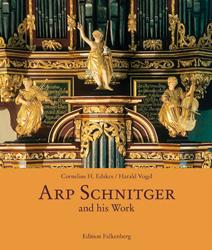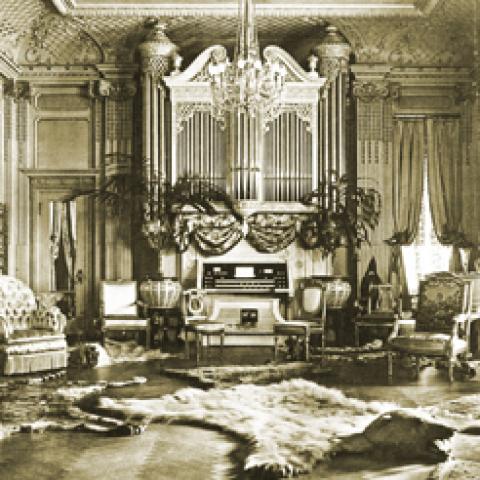
The Organ Historical Society has announced a newly translated color edition of the book, Arp Schnitger and his Work, by Cornelius H. Edskes and Harald Vogel.
This new book offers first-rate scholarship of Schnitger’s work and the restorations of the past 40 years. The late Dutch organ historian Cornelius H. Edskes and the German organist Harald Vogel discuss Schnitger’s life and activity. They examine his 45 remaining instruments including complete stoplists, color photographs, and information about the lost instruments of the 20th century.
Already available in German and Dutch editions of the highest quality, tthe English edition, produced by Arp Schnitger Gesellschaft and Stichting Groningen Orgelland in collaboration with Falkenberg Verlag and GOArt in Sweden, will appear shortly using native English translators.
Arp Schnitger (1648–1719) is celebrated as the greatest organbuilder of the northern European baroque, perhaps the greatest builder of all time. From his Hamburg shop, nearly 170 organs were installed in northern Germany and the Dutch province of Groningen, in addition to those that were commissioned much further afield.
The Organ Historical Society is the sole distributor of Arp Schnitger and his Work throughout the United States. It will appear in the first half of 2016. The OHS offers readers the opportunity to subscribe to this distinguished and beautiful English-language publication. Proceeds of the sales will support the continuing work of the OHS Press.
Subscriptions include your name in the book, plus a free copy.
Subscribe online or download an order form at www.organsociety.org/schnitger
To use credit card offline, or for more information call 804/353-9226.
Subscription deadline is April 30, 2016.



